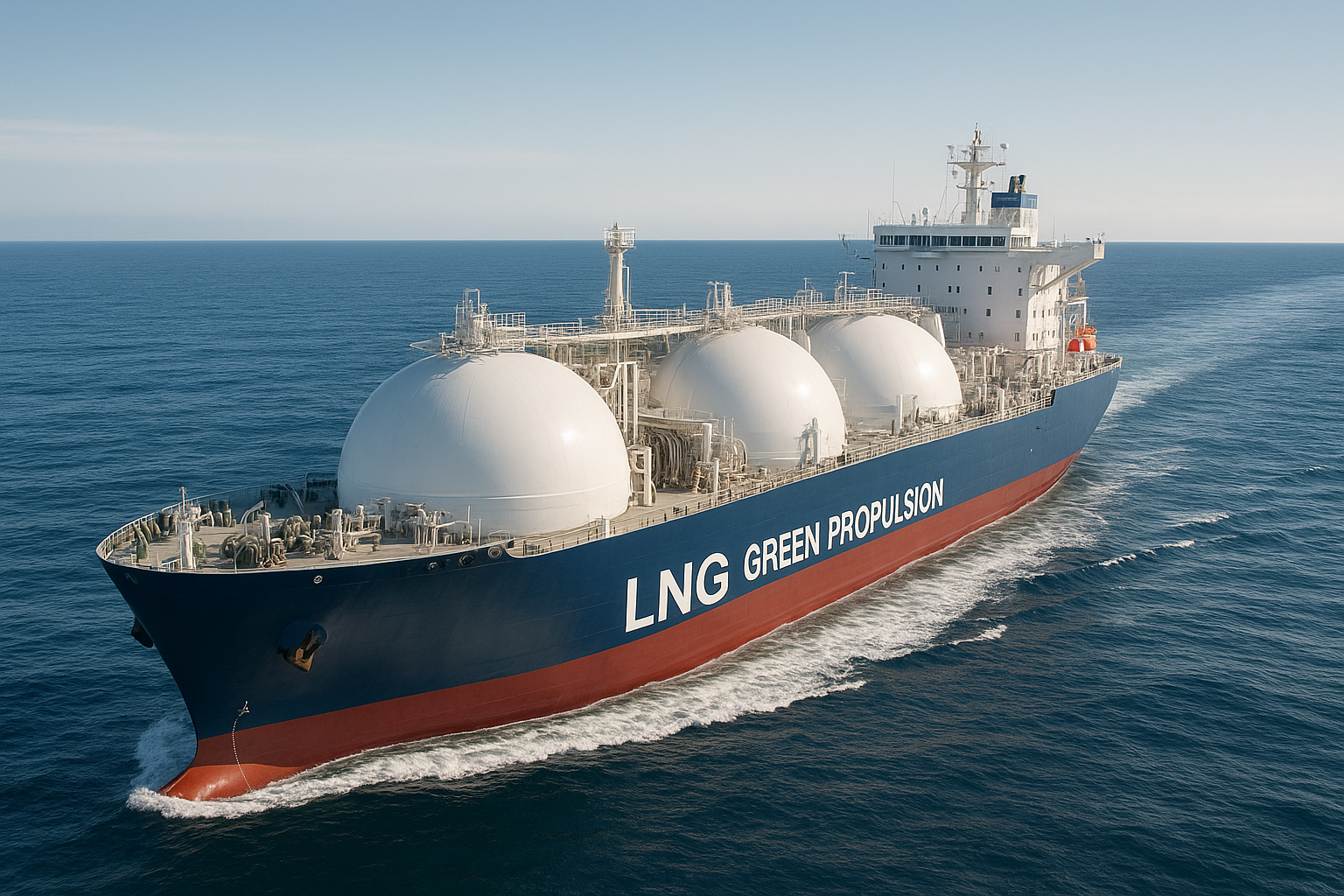
Green Shipping Technology: LNG, Hydrogen, and Electric Propulsion Systems
The Shipping Industry's Efficiency Revolution
LNG: The Bridge to More Efficient Operations
- Cleaner Emissions: LNG offers about 20% better fuel efficiency than heavy fuel oil, and produces virtually no sulfur oxides or particulate matter. This results in cleaner engine operation and reduced maintenance requirements.
- Proven Technology: LNG engines are based on existing diesel technology, so they're reliable and well-understood. Companies like Wärtsilä and MAN have been building LNG engines for years.
- Cost Effective: While LNG ships cost more to build, the fuel is often cheaper than heavy fuel oil, especially with new environmental regulations driving up the cost of traditional fuels.
Hydrogen: The Cutting Edge of Efficient Shipping
- Hydrogen Fuel Cells: These convert hydrogen directly into electricity without burning it. They're incredibly efficient and produce zero emissions. The technology is already being used in cars and buses, and it's starting to appear on ships.
- Hydrogen Combustion Engines: These are modified diesel engines that burn hydrogen instead of fuel oil. They're simpler than fuel cells but still produce some nitrogen oxides, though much less than traditional engines.
Electric Propulsion: Silent and Efficient
- Zero Emissions: Electric ships produce no emissions at all when operating. No CO2, no pollutants, no noise. They're perfect for areas like fjords or harbors where quiet operation is important.
- Silent Operation: Electric motors are almost completely silent. This is huge for passenger vessels and ferries where noise is a major concern.
- Low Maintenance: Electric motors have far fewer moving parts than diesel engines, so they require less maintenance and are more reliable.
Hybrid Systems: The Best of Both Worlds
The Infrastructure Challenge
The Economics of Going Green
Real-World Success Stories
The Future of Green Shipping
What This Means for Maritime Careers
Frequently Asked Questions
LNG ships cost about 20-30% more than traditional vessels, while hydrogen and electric ships are even more expensive. However, lower fuel costs and regulatory benefits often offset these higher initial costs.
Yes, green ships are just as reliable as traditional vessels. LNG engines are based on proven diesel technology, and electric and hydrogen systems are becoming more reliable as the technology matures.
LNG ships are already common, and we're seeing more hydrogen and electric vessels every year. Most experts predict that green ships will dominate new construction within the next 10-15 years.
Conclusion
Share This Article
Related Articles
Continue reading with these related articles

The Future of Maritime Technology: How AI, Automation, and Green Tech Are Revolutionizing Shipping
Explore how artificial intelligence, automation, and green technology are transforming the maritime industry. Discover autonomous ships, smart ports, and sustainable shipping innovations.

Advanced Navigation Systems: GPS, AIS, and Next-Gen Maritime Navigation
Explore advanced maritime navigation systems including GPS, AIS, and next-generation navigation technology. Learn about ship navigation, maritime GPS, and modern navigation equipment.

Maritime Robotics: Automated Systems for Ship Maintenance and Operations
Explore maritime robotics and automated systems for ship maintenance and operations. Learn about underwater robots, ship inspection drones, and automated maintenance technology.

Autonomous Ships: The Future of Unmanned Maritime Operations
Explore the future of autonomous ships and unmanned maritime operations. Learn about self-driving vessels, maritime automation, and the technology behind autonomous shipping.
© 2025 The Salty Mariner. All rights reserved.
